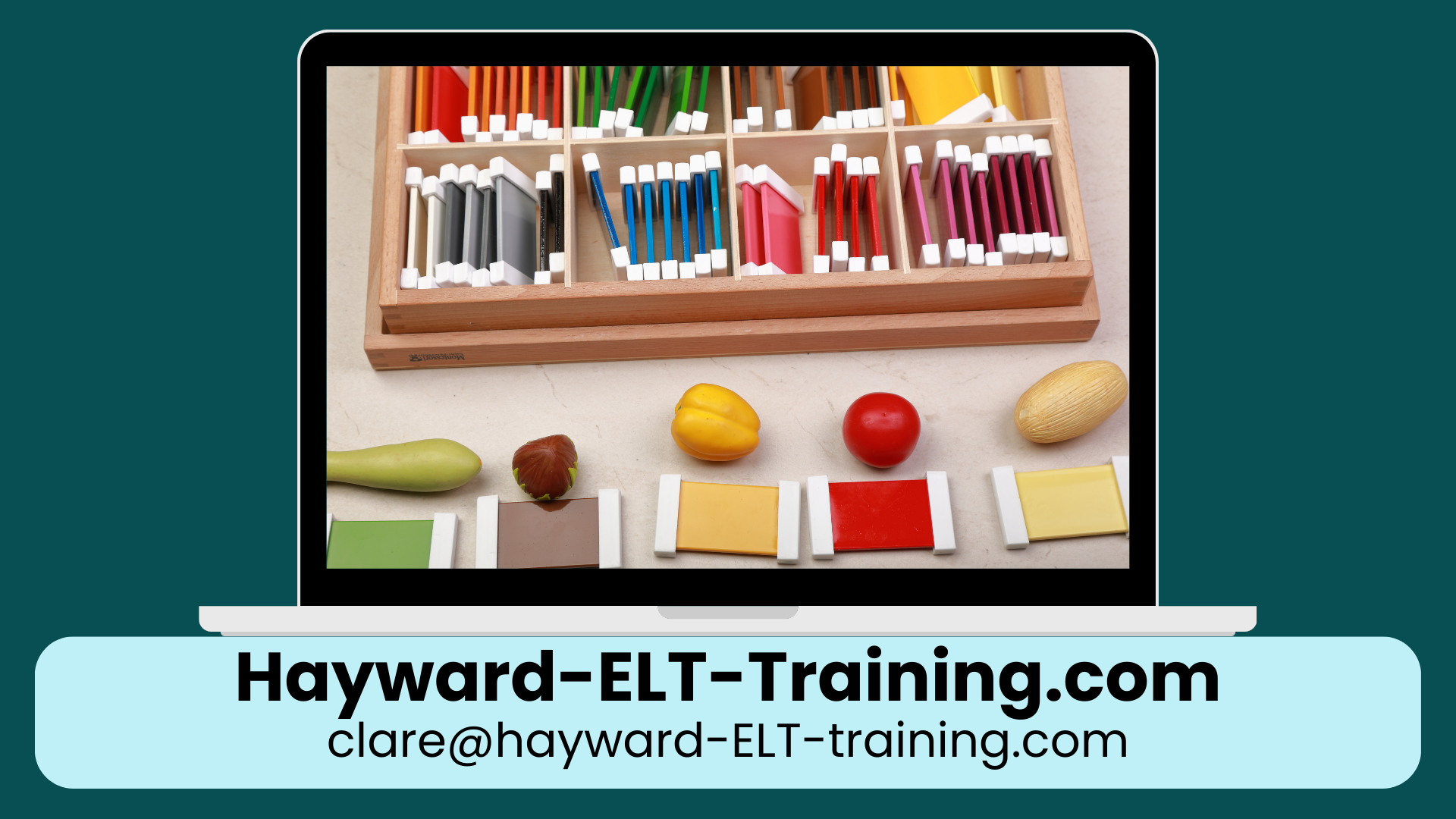Do you want to use real, authentic materials in your ELT classroom?
Using authentic material is incredibly rewarding and stimulating for both teacher and students, says Sam Shepherd in his article and I would argue it is good practice for us to perhaps avoid over use of coursebooks, forget how to plan in detail or allow our lessons to lack the personal touch for our students.
We can use more than news reports or magazine articles especially today in the age of social media! Songs, TV programmes, leaflets, novels or poems, blog posts, posters, Twitter etc, flyers plus remember it can be in the form of listening or reading so other media would work too such as YouTube and TED talks – anything that is written in the target language and unedited in the classroom. Just choose appropriate texts that are suitable because of the topic, the target language area, skills and student needs or interests.
Some students may be a little surprised or nervous of using authentic texts but hopefully they will quickly see the benefits. We can support them more effectively if we grade the level of the task to suit your students’ abilities, rather than edit the text to be easier for them (although this does have its place if the vocabulary is not relevant, too technical or infrequently used). This will encourage and motivate your students when they can ‘conquer’ or understand a real text.
Looking more closely at one example, you would use a travel brochure or similar (multiple copies often available for the whole class removing copyright issues) and with lower level classes provide simple specific information reading tasks such as what is the name of the travel agency?, what is the phone number?, what holiday is it advertising? Or when is the office open?, as well as using any pictures to generate ideas or vocabulary. Alternatively, higher level classes can use the travel brochure to create a holiday itinerary or use it as a springboard for a complaints email.
What is important is the interaction with any unknown vocabulary to support them with avoiding getting stuck on new words and suggesting to ‘read around’ the word via the context to get a better understanding. This method can be difficult for students to grasp and it is the difference of our reading sub skills between reading in L1 and reading in L2 – teaching the skill and developing the students' confidence in ignoring words we don’t know takes time but is important for the development of students become autonomous.
Thinking about the types of text you want to use you’ll find some texts are more effective for lower levels such as timetables, menus, short news items or weather broadcasts especially anything which is helped with visuals. With slightly higher level classes at intermediate for example, you could lengthen the reading texts or audio up to 5-6 minutes being mindful of copyright. Finally, for advanced levels you can extend the reading or listening and also use higher calibre texts such as the abstracts of academic articles or a poems where inference is key in understanding.
It is fairly easy and quick these days to use real, authentic materials via technology and copyright can be managed efficiently so providing our classes with these types of lessons is of great benefit. https://www.teachingenglish.org.uk/article/using-authentic-materials article by Sam Shepherd.

